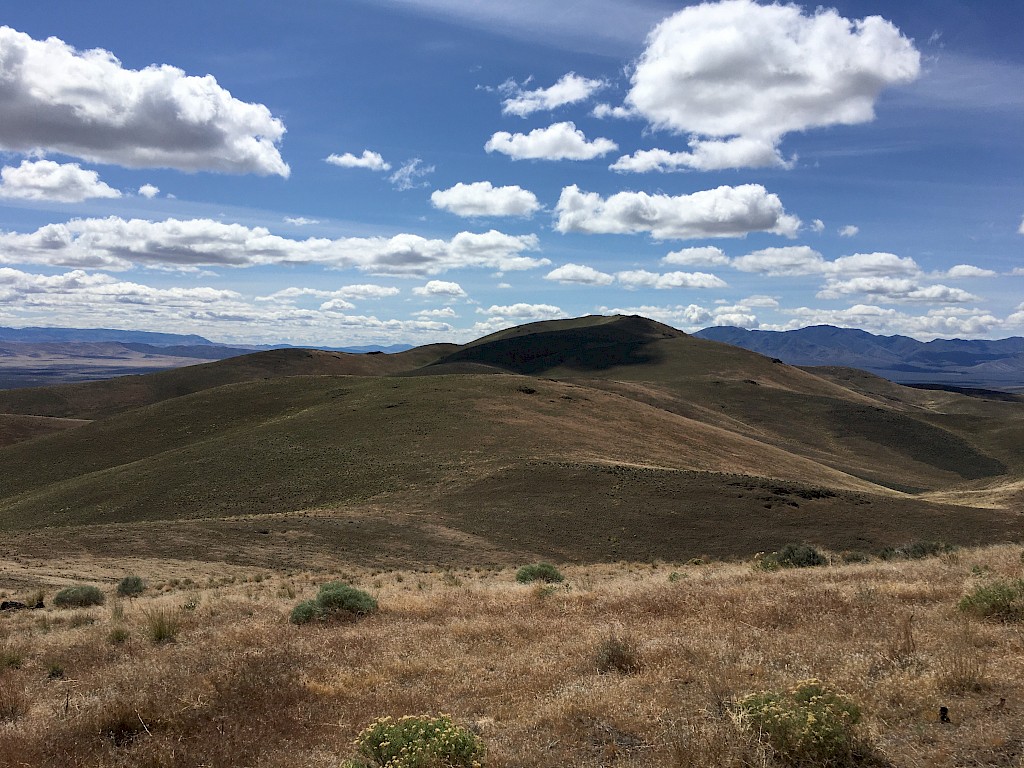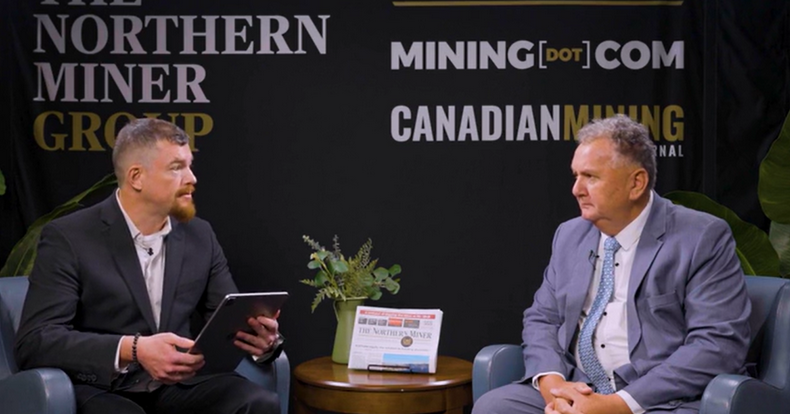Fresh job cuts at Rio’s Rossing Uranium mine in Namibia
Rio Tinto (LON:RIO) said Tuesday it will cut 365 jobs, or 23% of its workforce, at its Rossing uranium mine in Namibia, as a way to deal with weaker demand for the metal used to fuel nuclear power plants.
The world’s second-largest miner said the future of Rossing, one of the biggest uranium mines in the world, would depend on existing long-term contracts for survival until the end of 2017. But it warned that if uranium spot prices do not go above a sustainable U$45 per pound by then, the mine would be in “trouble.”
Starting July, Rossing will reduce its operating cycle to five days a week from seven, maintaining production levels to satisfy long-term sales contracts.
“The mine’s proposed new operating model creates a new way of work for us and consists of a number of elements, some which will be implemented over the next few months whilst we will further explore others, “ Rossing’s Managing Director Werner Duvenhage said in the release.
Last month, at the release of the mine’s 2013 report to stakeholders, Rössing showed that it managed to break even in the 2013 financial year recording a profit of US$3.1 million (N$32 million). The company had made losses in 2010, 2011 and 2012.
This is not the first time Rio Tinto axes jobs at this mine. In 2013, it sacked 276 workers, following losses on reduced demand for the metal since the March 11, 2011, Japanese tsunami. The Asian country used nuclear power for about one-third of its energy prior to the earthquake and tsunami that shut down the Fukushima Dai-Ichi plant.
Image from Wikimedia Commons
More News
Kinross buys 9.9% stake in Nevada-focused Eminent Gold
Eminent Gold currently has three gold exploration projects in Nevada.
April 07, 2025 | 03:21 pm
PDAC JV video: New Zealand aims to fast-track mining
New processes are to help the island nation develop its gold, coal and rare earth minerals while respecting Indigenous rights, says resources minister.
April 07, 2025 | 02:55 pm
US discusses tariffs, critical minerals with Pakistan
The Trump administration has also used prospects of engagement over critical minerals with others countries.
April 07, 2025 | 01:13 pm
{{ commodity.name }}
{{ post.title }}
{{ post.excerpt }}
{{ post.date }}





Comments